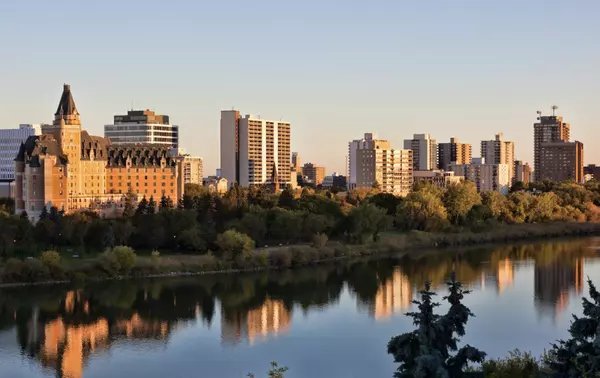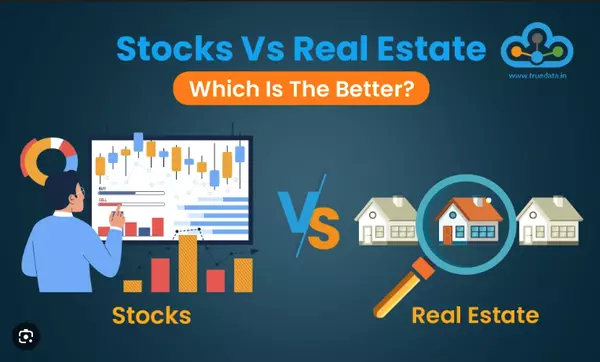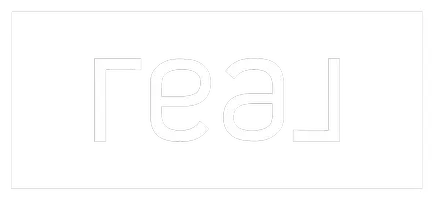Saskatoon Property Tax Increases: What Homeowners Need To Know
Property taxes in Saskatoon are climbing over the next few years, and many homeowners are trying to understand what this really means for their budgets. If you have felt confused, frustrated, or blindsided by the recent numbers, you are not alone. This guide breaks down what is happening, why it is happening, and what you can do to prepare. The goal is simple: give you a clear explanation without complicated terminology or city hall jargon.
Why Are Saskatoon Property Taxes Increasing
There is not one single reason behind the rise. It is the result of several pressure points creating a financial squeeze on the city. When you understand these reasons, the increases make more sense.
Inflation and Rising Costs
The cost of running a city has increased dramatically. Everything from concrete to road salt to bus parts now costs more than it did a year or two ago. When the cost of basic materials goes up, the price of every service that depends on those materials goes up as well.
Snow removal, garbage collection, park maintenance, water services, and road repairs all get more expensive. Even when the city keeps services the same, the cost to operate them keeps climbing.
Population Growth and Infrastructure Pressure
Saskatoon has been expanding quickly. More people means more homes, more traffic, more need for public safety services, and more pressure on infrastructure. Growth is positive, but it demands constant investment.
New neighborhoods need roads, parks, utilities, transit routes, and emergency services. Existing neighborhoods also need upkeep. When growth speeds up faster than revenue, the city faces a funding gap that property taxes must help fill.
Revenue Shortfalls and Limited Alternatives
Cities do not have many ways to raise money. Property taxes are the primary tool. Grants, utility charges, and user fees help, but they are not keeping pace with rising costs or population growth.
This forces the city to rely more heavily on property taxes to maintain services. Even if the city holds spending steady, inflation and growth increase costs faster than revenue can keep up.
What The Numbers Are Actually Saying
A lot of homeowners have heard small pieces of information without the full context. Here is what the city’s financial plans generally point toward.
Assessment Increases for 2025
The average residential property assessment in Saskatoon increased by around thirteen percent during the most recent reassessment cycle. This does not mean your taxes increase thirteen percent. It means your assessment rose by that amount compared to the previous cycle.
If your home rose more than the average, you may shoulder a larger share of the overall tax burden. If your home rose less than the average, you may shoulder a smaller share.
Projected Tax Increases for 2026 and 2027
The city’s early financial forecast currently estimates the following for an average single family home:
• Around 8 percent to 10 percent increase in 2026
• Around 6 percent increase in 2027
These numbers are not final yet, but they give homeowners an honest sense of what to expect. Even if the city trims the numbers slightly, the increases will still be significant.
Your Personal Tax Increase Could Be Higher or Lower
Two homes on the same street can see very different tax changes. Your increase depends on:
• How your home’s assessment changed compared to the city average
• How your neighborhood performed during reassessment
• The final mill rate the city sets during budgeting
• Whether your property’s tax change is phased in over multiple years
Some households will see moderate increases. Others will see steep ones. What matters most is how your property compares to the overall market.
How Property Tax Is Calculated In Saskatoon
Understanding the formula helps you interpret your bill and estimate future years.
Assessment Value and Taxable Percentage
Your assessment reflects what your home was worth during the base valuation date. The city applies a taxable percentage to this value. For residential properties this percentage is typically eighty percent. That means you are taxed on eighty percent of your assessed value, not one hundred percent.
Mill Rate and Tax Rate
Once the taxable value is set, it is multiplied by the city mill rate. The mill rate is determined during the annual budget process. If costs go up, the mill rate usually rises to generate the revenue the city needs.
Revenue Neutral Reassessment and Phase In
When reassessments occur, the city adjusts mill rates so that the reassessment itself does not automatically increase total city revenue. This is called revenue neutral. Your taxes change only if your home increased more or less than the average.
If reassessment shifts your tax share significantly, some changes are phased in over two years for residential properties. This prevents large jump increases from hitting all at once.
What These Changes Mean For Homeowners
The tax increases are more than numbers on a piece of paper. They affect household budgets, homeownership decisions, monthly affordability, and long term planning.
Higher Annual Ownership Costs
Your mortgage might stay the same but your tax bill will not. If taxes rise eight percent or more in a single year, that increase can easily add several hundred dollars annually to your housing costs.
For many families, that is the difference between comfortable affordability and financial stress. Planning ahead helps prevent surprises.
Impact on Fixed Income Households
Retirees and households with limited income flexibility may feel the pressure more sharply. Property taxes increase even when income does not. This is why reviewing your assessment and understanding appeal rights is important.
Stronger Focus on Neighborhood Differences
Some neighborhoods saw assessment increases far above the city average. Homeowners in those areas may see larger increases than anticipated. Other neighborhoods saw slower growth and may experience milder tax changes.
Knowing how your area performed helps set realistic expectations.
What This Means For Anyone Planning To Buy Or Sell
Even if you are not moving, understanding these trends matters. If you are thinking about buying or selling, it matters even more.
How Buyers Should Think About Higher Taxes
If you are buying a home, your monthly budget should include not only the mortgage but also projected tax increases. A home might feel affordable today but less so with higher annual taxes.
Planning ahead helps buyers avoid stretching themselves too thin.
How Sellers Should View These Changes
Higher carrying costs can influence buyer demand, especially in certain price ranges. Buyers will pay attention to property taxes more than they have in the past. That means transparency and proper expectations are important.
Long Term Homeowners And Investment Properties
If you own rental property, higher taxes directly reduce cash flow. Investors should factor projected future tax increases into their long term numbers rather than focusing only on the current year.
How To Prepare For The Coming Increases
The increases may feel overwhelming, but there are several practical steps that help you stay ahead of the curve.
Check Your Assessment Carefully
Do not assume your assessment is automatically correct. Look for errors like:
• Incorrect square footage
• Missing or extra features
• Wrong building type
• Misclassified upgrades
• Incorrect lot dimensions
If something does not look right, you have the right to question or appeal it during the allowed window.
Use TIPPS Or Set Up Your Own Reserve
The city offers a monthly payment plan. This spreads your tax burden over the year so you are not hit with a large bill at once. If you prefer handling your own finances, you can set aside a fixed amount monthly into a separate account.
Plan Around The Forecasts
Even though the increases for 2026 and 2027 are still preliminary, they give you a realistic idea of what to expect. When you build your budget, assume a similar increase and adjust your plans accordingly.
Stay Informed About Upcoming Budget Decisions
City council will debate service levels, spending, and final mill rates in future budget meetings. Being aware of these discussions helps you understand what drives your bill and where tax dollars are being allocated.
Final Thoughts
Saskatoon property taxes are rising, and the increases will be noticeable. The reasons are rooted in higher costs, rapid growth, and limited revenue options. While the numbers may feel frustrating, homeowners can take control by understanding the calculations, reviewing assessments, planning ahead, and staying informed.
The more clarity you have, the more power you have to make smart decisions for your household. Whether you are keeping your home long term, considering a move, or simply budgeting carefully, knowing what lies ahead is the best way to stay prepared.
Frequently Asked Questions
Q1: Does a higher assessment automatically mean my taxes go up the same amount
No. Your assessment increase is only part of the formula. Your taxes depend on how your home compares to the city average and what mill rate the city sets.
Q2: Are the projected increases guaranteed
No. They are early estimates. The final numbers could be slightly lower or slightly higher depending on the city budget.
Q3: Can I appeal my assessment
Yes. If your property information is incorrect or your assessment seems out of line with similar homes, you can appeal within the appeal window.
Q4: Will all neighborhoods see the same increase
No. Neighborhoods with assessments far above the average will likely see larger increases. Others may see milder adjustments.
Q5: How can I prepare for rising taxes
Review your assessment, plan your budget using the forecasted increases, consider TIPPS monthly payments, and follow city budget discussions to stay informed.
Categories
Recent Posts










GET MORE INFORMATION

Agent
